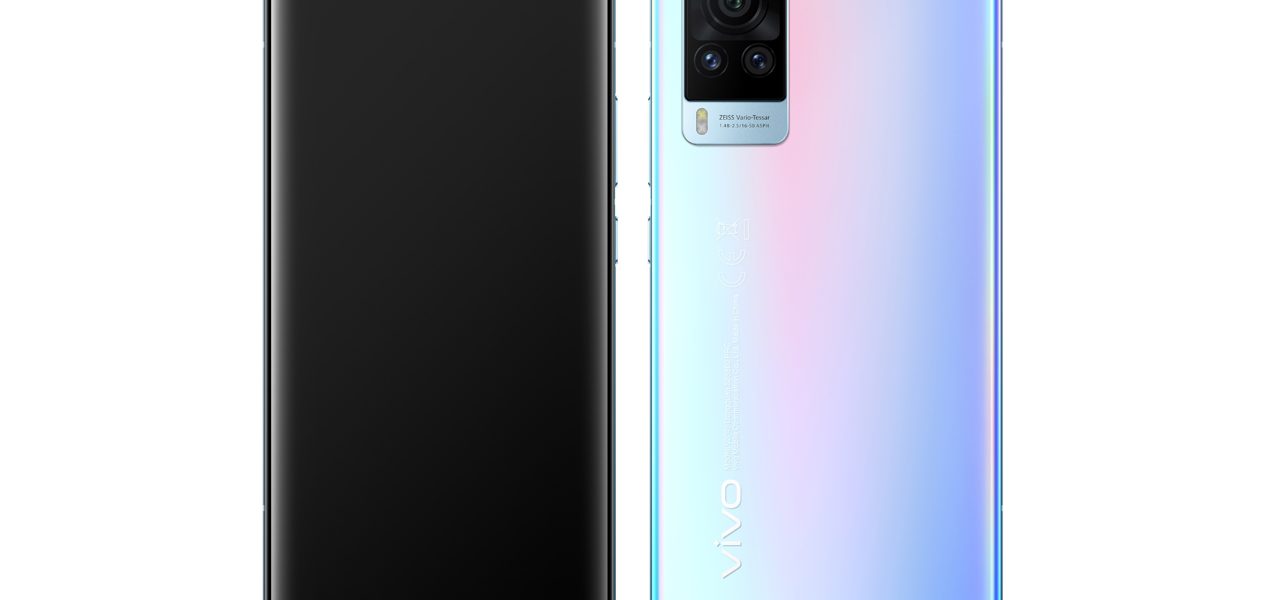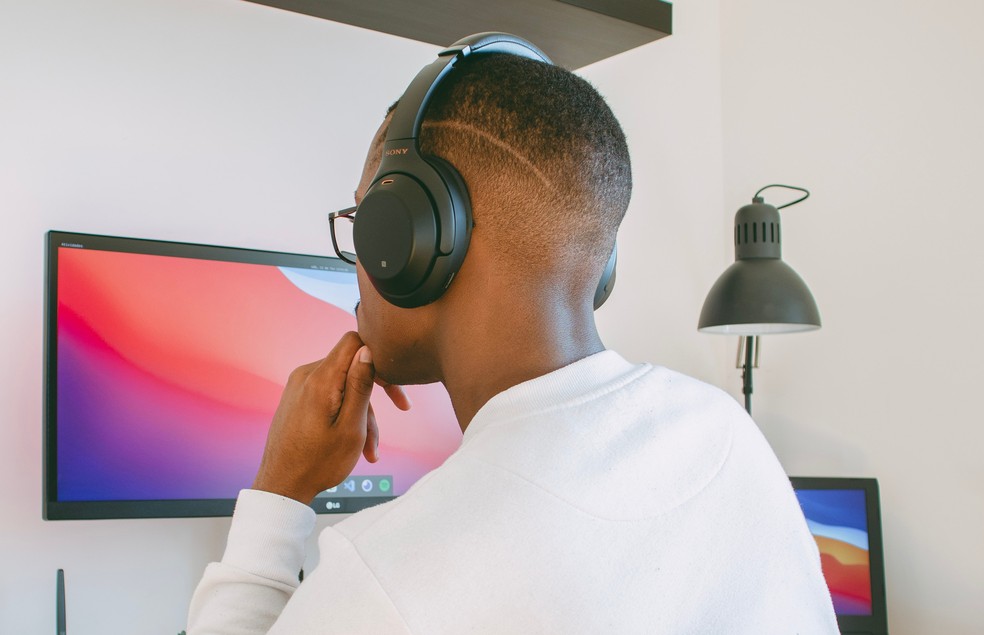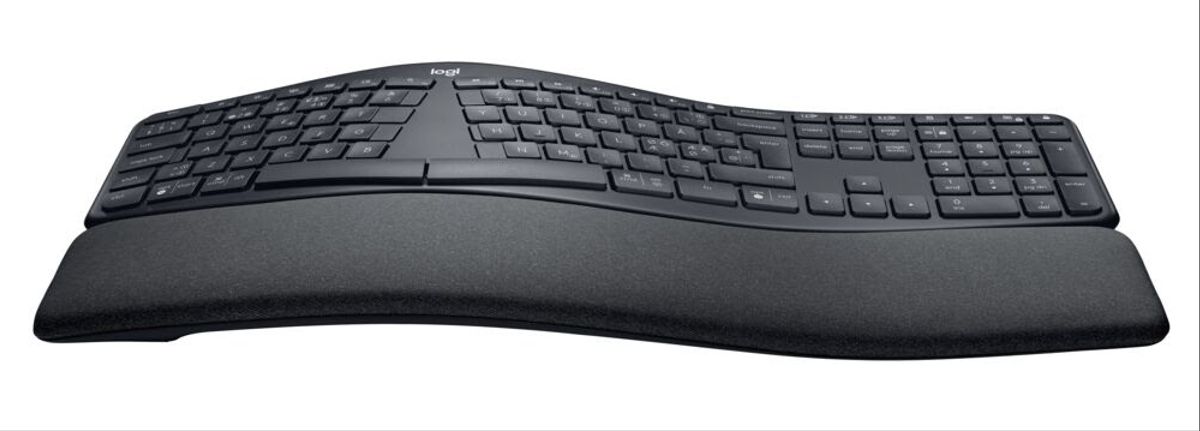Vivo positioned itself a few months ago as China’s most prominent mobile vendor. Its presence and other international markets is not as strong, but it is logical considering.
The landing in the Iberian Peninsula took place with a reduced catalog of mobiles, among which the Vivo X51 Pro stood out, one of the first models with a gimbal in its camera.
This year the successor is the Vivo X60 Pro, a device with a better screen, more power, more memory… and costs the same, 799 euros. We have spent a couple of weeks with him, and we will tell you our impressions.
This is a high-end performance.
The biggest complaint about the X51 Pro in 2020 is that its processor, RAM, and internal memory were closer to mid-range than high-end. In this case, it is not like that since Vivo has decided to improve the three sections.
We have a single configuration with 12 GB of LPDRR5 RAM, 256 GB of internal memory with UFS 3.1 technology, and a processor from the Qualcomm 800 range.
Of course, we will not see here the 888 but the 870, a chipset that performs just as well for practical purposes but heats up less. It is essential since, in some models, it became worrying.
Another drawback of last year’s model is that we do not have two speakers. It is rare to see mobile of almost 800 euros without stereo sound when brands like Xiaomi put two speakers even in mobiles of less than 300 euros.
As discussed in the battery section, we also do not have microSD, a headphone jack, or wireless charging.
The screen goes up one level
A point has come in manufacturing components where it is possible to provide almost any mobile phone with a first-class screen. The X60 Pro is no exception; we have a panel that is used with pleasure.
It has a diagonal of 6.56 inches, although the somewhat longer ratio than other phones makes it more comfortable to use with one hand. The resolution is FHD, and the refresh rate goes up to 120 Hz.
This is already almost the standard in this price range. The OLED technology, the fingerprint sensor under the panel (which works exceptionally well), and the compatibility with HDR10 +.
All Android mobiles, especially high-end models, must comply in all aspects. Once that’s done, they have to excel at something. Vivo is clear that its flagship does it in the camera section, thanks to its gimbal.
This model is the second brand we can officially buy in Spain with this technology. It helps us stabilize photos and take videos that look like they were taken from a professional camera.
This gimbal is included in the primary camera, 48 Mpx. The quality and colors are within expectations, although there are devices that take more care of the quality in terms of color representation. Even so, we face a camera that amply complies and shines at night.
This is no coincidence since the gimbal helps to do this, in addition to the Carl Zeiss T-Coating technology we already discussed.
We must add a second 13 Mpx ultra wide-angle camera and a 2x optical zoom sensor with the exact resolution.
The photographic quality of the three sensors is excellent, especially at night if we compare it with other mobiles. Of course, it is in the video where they stand out the most, which is why we recommend that you see the analysis on YouTube that you have linked at the beginning of this review in text.
There are also other elements highlighted by Vivo, such as the Biotar effect in portraits or night mode, but they are not things that will become sales arguments as the gimbal can be.
Missing wireless charging
The autonomy of this model has not been a problem, as you can see in the different tests. What we did expect was that it would finally implement wireless charging. It is unacceptable that mobile of 800 euros does not have it.
In the first battery test, we used the mobile in a mixed way, outdoors and indoors, playing games, using GPS, using social apps, and listening to podcasts. We have reached five and a half hours on the screen with 22 hours of total autonomy.
In the second battery test, we have been using the mobile outdoors, listening to podcasts, talking a lot on the phone, etc. We have reached four and a half hours on the screen with 22 hours of total autonomy.
In the third test, we talked on the phone, took photos and videos, and listened to music… but did not use the GPS, and it was noticed. We have reached almost 6 hours on the screen with about 20 hours of autonomy.
In the fourth and last test, we lowered the refresh rate to 60 Hz instead of setting it to automatic. We have used the mobile to play, but also outdoors to use social apps and call. And we have taken many photos and many videos, this is important. We have reached four and a half hours on the screen with 28 hours of total autonomy.
Funtouch OS is still one of the best layers
Vivo took a long time to get to Spain, and one of the reasons was that he was analyzing what the market was like. He concluded that updates were something that mattered.
Thus, it has become one of the best brands in this regard, with an update speed that even exceeds historical brands.
In addition, Funtouch is still not a particularly active layer, with an enviable fluidity and customization options that are not overwhelming. We already analyzed all this in a video when he updated the Vivo X51 Pro to Android 11. The changes in the model we studied are few, and you can see the characteristics in detail.





